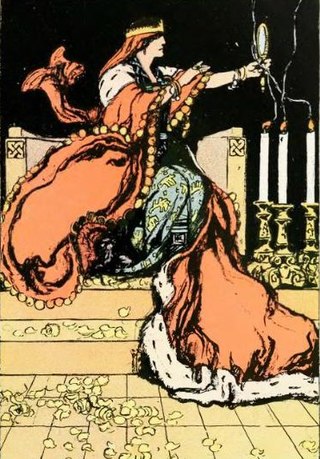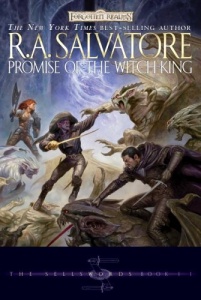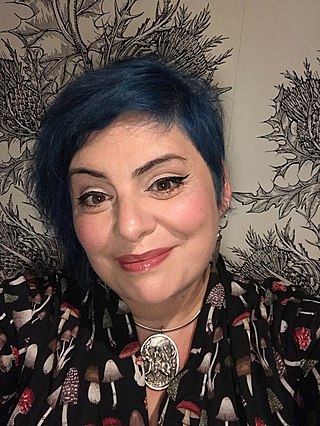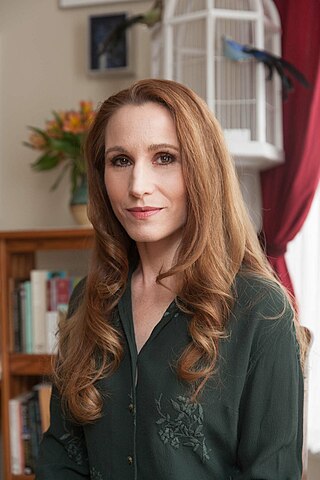Plot
Poison is the story of a rebellious human teenager living in the swamp town of Gull with her father, stepmother, and her baby sister Azalea. She struggles against the oppression in her life, particularly with her strained relationship with her Stepmother, Snapdragon. Her only friend in Gull is the old traveler, Fleet, who tells her tales of the old wars and phaeries and maintains that Poison has some of the “Old Blood” in her.
On Soulswatch Eve, Azalea is replaced with a Changeling. After consulting with Fleet, Poison sets out from Gull to rescue her from the Phaerie Lord. She pays the Wraith-Catcher Bram to take her to Shieldtown to seek out the creature Lamprey, to whom Fleet has referred her. Once in Shieldtown, Poison encounters a young woman heading back to Gull and asks her to relay a message to her parents. After proving herself to Lamprey, Poison is sent to the home of the Bone Witch.
In chapters fairly reminiscent of Hansel and Gretel, Poison enters the house of the Bone Witch. She meets another young woman named Peppercorn, who keeps house for the blind, old witch. Peppercorn is unwilling to help Poison (aside from hiding her one night), and so it is with Bram’s help that Poison defeats the witch. Bram and Poison escape the house with Peppercorn and her highly intelligent cat Andersen.
The quartet meet a fisherman named Myrrk, who hints that all is not what it seems in the phaerie realm. He sends them on their way to the phaerie Lord’s castle. Once there, Poison strikes a deal with Aelthar the phaerie Lord that he will return Azalea to her if she obtains a dagger for him. This deal sends her and her companions into the castle of the spider woman Asinastra. She obtains the dagger and returns to Aelthar, where she learns that he has no intention of returning her sister.
Angered by Aelthar’s deception, Poison and her companions journey to the meeting of the lords at the Hierophant’s castle. There, they reunite with Fleet. Fleet, we learn, is an Antiquarian: a human who seeks out stories of interest and value for the Hierophant to transcribe.
Upon learning that the Hierophant has created all that the world is and every person in it, Poison tries to fight her role in the story by doing nothing and stagnating the plot line. As Poison tries to fight her own destiny by refusing to live it, everyone around her begins to weaken and deteriorate. After Bram reasons with her that the story she is in is actually about her, since her malaise seems to be what is causing everyone to deteriorate around her, Poison's realization that she can fight against the Hierophant by doing nothing is enough for her to get well enough to continue her story. As she recovers she begins thinking of ways to get back at the Hierophant and stop his control over her.
As Poison recovered from her illness, it is revealed that the Hierophant has been murdered with the dagger Poison acquired for Aelthar. The lords of the varying realms are in an uproar, as the death of the Hierophant means that a successor must take his place; each realm wants the new Hierophant to be of their own realm. Aelthar is particularly determined.
Poison discovers that he, by way of the Scarecrow, the phaerie creature who replaces children with changelings, has been breeding phaerie-human hybrids, as humans are the only species with imaginations and therefore best suited to become Hierophant. Aelthar shows Poison her own sister, Azaelea, now a teenager, whom he had sent home after deeming her unsuitable. Poison realizes that the girl she sent back to Gull with word of her journey was, in fact, her rapidly aged sister. Deprived of her quest, Poison is furious and determined to get revenge.
Aelthar sets the Scarecrow after her among the Hierophant's archives, and she kills it. Scriddle, Aelthar's assistant, stabs her. The world starts to rapidly dissolve around Poison, and she grins through the blood, announcing that she has realized that she is the new Hierophant. Scriddle does not believe her and continues to stab her trying to take her throne, as he does, the world becomes less real. In a panic and desperate for survival, the Hierophant's widow Lady Pariasa kills Scriddle by stabbing him through the neck, screaming that she wants to live.
Poison blacks out from blood loss, but is saved by her companions and revived. She embraces her new role as Hierophant as her companions disperse. Just as the last Hierophant wrote his own story, she begins to write hers.
Main characters
Poison: The 16-year-old, violet eyed protagonist who is "a willful, contrary girl, prone to being argumentative and stubborn." Poison's original name was Foxglove, but she renamed herself in her coming-of-age ceremony to spite her step-mother Snapdragon, who once called her such. She embarks on an adventure to save her sister, Azalea, who has been stolen by the phaeries.
Fleet: Poison's mentor in Gull, who tells her stories about the world outside of the Black Marshes and the Phaerie World from his own experiences. He is secretly an Antiquarian, who has been following Poison's story.
Azalea: Poison's three-year-old sister, who is taken at the beginning of the novel by the Phaerie called the Scarecrow.
Bram: A wraith-catcher, who comes to Gull to collect their marsh wraiths for a profit. He reluctantly takes Poison to Shieldtown, but ends up being Poison's companion throughout the novel.
Peppercorn: A naive girl who lives under the tyranny of Maeb, the Bone-Witch, with her cat, Andersen. Poison and Bram take Peppercorn from the Bone-Witch's house. She and Andersen join Poison and Bram in the adventure to find Azalea.
Andersen: Peppercorn's cat, who is often called unnatural by Bram because of his ability to communicate with everyone and navigate through both the human realm and the Phaerie realm.
Maeb, The Bone-Witch: Her house sits on the gateway between the Phaerie and human realm and, though she is blind and deaf, uses her sense of smell and her two dogs to capture those who use her house to move between realms.
Lady Asinastra: The lady of cobwebs, ruler of the realm of spiders, half woman, half spider, possess spider-like powers.
Aelthar: The Phaerie King, who views humans as amusing animals with an extreme sense of self-importance, sets Poison on a quest to the Spider Queen, Lady Asinastra.
Scriddle: Aelthar's assistant, who is half-human, half-Phaerie, and who later tries to put himself in the role of Hierophant.
Melcheron, the Hierophant: A human and the lead Antiquarian, who controls the rules and destiny of most peoples in all of the realms.
Pariasa: The Hierophant's beautiful wife and Mistress of the Aeriads. She later betrays Melcheron and becomes Scriddle's lover as he attempts to take the role of Hierophant.














